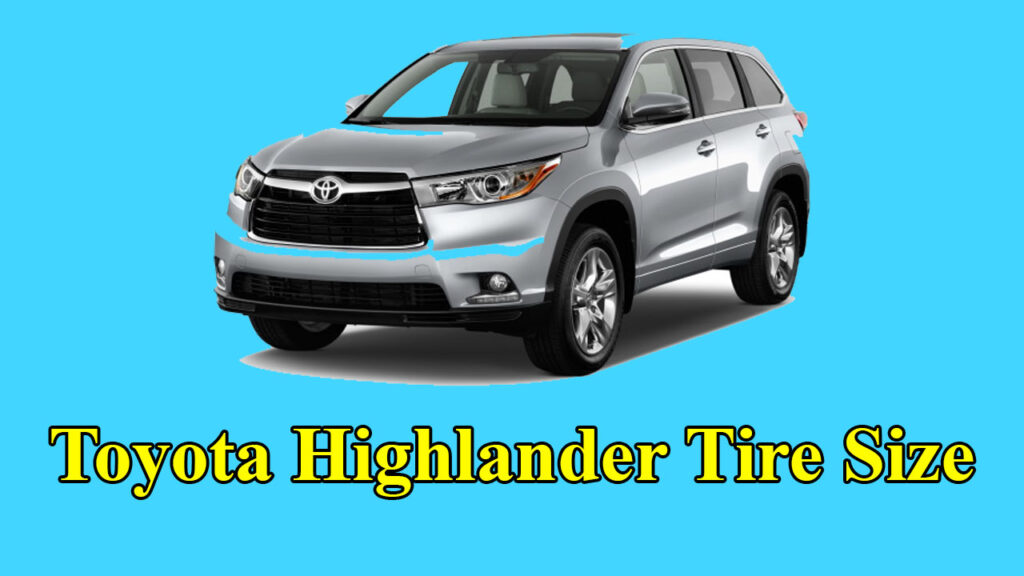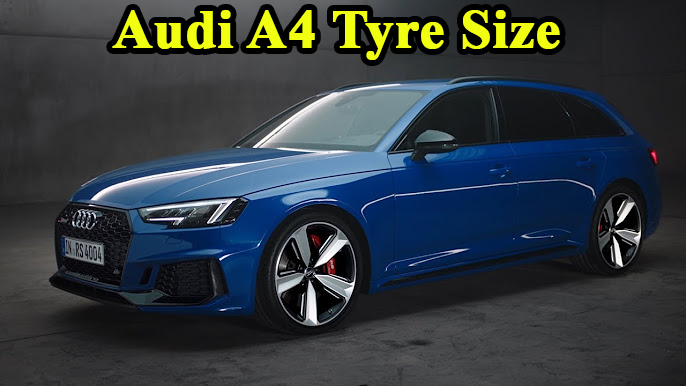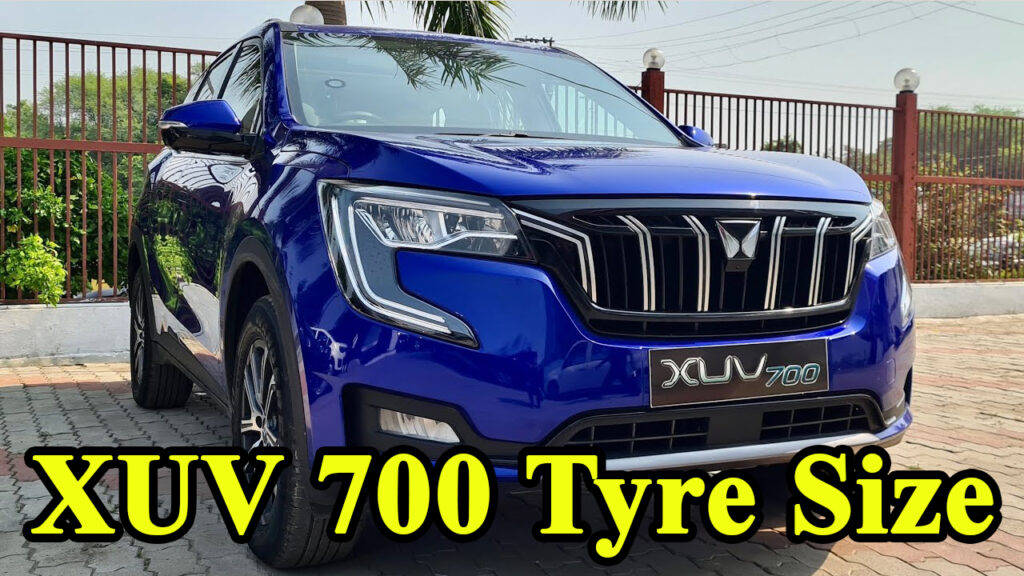When you look at a tire, you’ll see a series of numbers and letters on its sidewall – something like “P235/65R18” or “235/55R20.” This isn’t some secret code; it’s a globally recognized standard that tells you everything you need to know about that tire’s dimensions and construction. For your Toyota Highlander, understanding these markings is crucial.
Let’s break down a typical Highlander tire size, say, P235/65R18:
- P (or sometimes nothing): This indicates the tire is for a “Passenger” vehicle. You might occasionally see “LT” for Light Truck tires, but for Highlanders, “P” or no prefix is common.
- 235: This is the tire’s width in millimeters from sidewall to sidewall when inflated. So, 235mm. A wider tire often means a larger contact patch with the road, which can translate to better grip, especially in dry conditions.
- 65: This is the aspect ratio, a percentage that represents the tire’s sidewall height relative to its width. In this case, the sidewall height is 65% of 235mm. A higher aspect ratio means a taller sidewall, which can offer a more cushioned ride, while a lower aspect ratio (like 55 in 235/55R20) generally means a shorter, stiffer sidewall, often found on sportier trims for improved handling and aesthetics.
- R: This signifies “Radial” construction, meaning the internal layers of the tire run radially across it. Nearly all modern passenger vehicle tires are radial.
- 18: This is the diameter of the wheel (rim) in inches that the tire is designed to fit. So, an 18-inch wheel. This is perhaps the most important number when buying new tires, as you must match the tire’s diameter to your vehicle’s wheel size.
The Ultimate Guide to 2014 Chevy Cruze Tire Size: What Every Owner Should Know
Highlander Tire Size Variations by Year and Trim:
It’s fascinating how much tire sizes can vary even within the same model like the Highlander, depending on the year and specific trim level. For example, a 2025 Toyota Highlander LE typically comes with 235/65R18 tires, while the XSE, Limited, and Platinum trims often feature larger 235/55R20 tires.
My own Highlander, a 2018 XLE, came with 18-inch wheels, and I’ve found that the 235/65R18 setup offers a fantastic balance for my daily commutes around Indianapolis and the occasional weekend trip to Brown County State Park. The slightly taller sidewall absorbs bumps on our less-than-perfect city streets beautifully. However, I have a friend with a newer Highlander Platinum who swears by his 20-inch wheels and lower-profile tires for the sharper handling they provide on highway cruises. It really highlights how these subtle differences cater to different driving preferences and aesthetics.
Important Values Beyond Size:
Beyond the core size, other crucial markings on your Highlander’s tires include:
- Load Index: A numerical code (e.g., “102H” where 102 is the load index) indicating the maximum weight the tire can support when properly inflated.
- Speed Rating: An alphabetical code (e.g., “102H” where H is the speed rating) denoting the maximum speed at which the tire can safely carry its rated load. For most Highlanders, you’ll see ratings like S, T, or H.
- UTQG (Uniform Tire Quality Grading): This system includes Treadwear, Traction, and Temperature grades, offering insights into a tire’s expected longevity, wet braking ability, and heat resistance.
Factors Affecting Your Highlander Tire Choice
Choosing the right tires for your Highlander goes beyond just matching the size. Consider these factors:
- Driving Conditions: Do you live in an area with harsh winters? All-season tires are versatile for light snow and rain, but for severe winter conditions, dedicated winter tires (like Michelin X-Ice Snow or Continental VikingContact 7) offer superior grip and safety. Conversely, if you’re in a perpetually warm climate, high-performance all-season or even summer tires might be suitable.
- Driving Style: Are you a cautious commuter or someone who enjoys a spirited drive? Performance-oriented tires often offer better handling and braking, while touring tires prioritize comfort and quietness.
- Road Surfaces: Mostly smooth highways or rough, unpaved roads? The latter might benefit from tires with a more robust sidewall and deeper tread.
- Budget: Tire prices vary significantly. While it’s tempting to go for the cheapest option, remember that tires are a critical safety component. Investing in quality tires often pays off in terms of safety, fuel efficiency, and longevity.
Navigating the Road Ahead: Your Ultimate Guide to 2013 Hyundai Elantra Tire Sizes
Case Study: The Family Road Trip
I recently helped a family prepare their Highlander for a cross-country trip from Indiana to Colorado. They had their original all-season tires, but upon inspection, the tread was nearing the 4/32″ mark – not terrible, but certainly not ideal for long stretches of varying terrain and potential mountain passes. We discussed their options. Given the long distance, changing altitudes, and unpredictable weather, I recommended a set of Michelin CrossClimate2 tires. These are fantastic all-season tires known for their exceptional performance in both wet and light snow conditions, which was a significant concern for their mountain driving. They invested about $1,100 for the set, including installation and balancing, which for a set of premium tires for a Highlander, is a fair value. A month later, they sent me a postcard, raving about how confidently their Highlander handled everything from heavy rain in Missouri to unexpected snowfall in the Rockies. That’s people-first content in action – putting safety and peace of mind at the forefront.
Maintenance and Longevity
Even the best tires won’t perform optimally without proper care.
- Tire Pressure: Always maintain the recommended tire pressure, which you can find on a sticker inside your driver’s side door jamb or in your owner’s manual (typically around 36 PSI for a Highlander). Correct pressure ensures even wear, optimal fuel efficiency, and safe handling. I make it a habit to check my Highlander’s tire pressure every month, especially with our wild Indiana weather swings.
- Tire Rotation: Rotate your tires every 5,000-7,500 miles. This helps ensure even wear across all four tires, extending their lifespan.
- Tread Depth: Regularly check your tread depth. The “penny test” is a simple way: insert a penny into a tread groove with Lincoln’s head upside down. If you can see the top of his head, your tread is too shallow (less than 2/32″) and it’s time for new tires. Many tires also have built-in tread wear indicator bars.
- Alignment: If you notice uneven tire wear or your Highlander pulls to one side, get a wheel alignment.
FAQ
Q: How do I know what size tires my Toyota Highlander needs? A: The easiest way is to check the sticker inside your driver’s side door jamb, your owner’s manual, or directly on the sidewall of your current tires.
Q: Can I put different sized tires on my Highlander than what’s recommended? A: It’s strongly advised to stick to the manufacturer’s recommended tire sizes. Changing tire sizes without proper knowledge can affect your speedometer readings, ABS, stability control, and overall vehicle safety.
Q: How often should I replace my Highlander’s tires? A: On average, tires last between 25,000 to 75,000 miles or about 6 years, whichever comes first. However, inspect them regularly for signs of wear, cracks, or bulges, and replace them sooner if needed.
Q: What’s the average cost of new tires for a Toyota Highlander? A: The cost can vary widely based on brand, type (all-season, winter, etc.), and size. A single tire can range from $150 to $300+, with a full set typically costing between $600 and $1,200, excluding installation and balancing. Premium brands will be at the higher end of this spectrum.
Conclusion
Your Toyota Highlander is more than just a vehicle; it’s a trusty companion for your family’s journeys. The tires are its foundation, directly influencing its safety, performance, and your overall driving enjoyment. By understanding your Highlander’s tire size, considering your specific driving needs, and committing to regular maintenance, you’re not just buying rubber; you’re investing in peace of mind, optimal performance, and the longevity of your beloved SUV. It’s a small but significant detail that truly makes a world of difference on the open road. As a local expert, I always emphasize that there’s no “one-size-fits-all” answer when it comes to tires; it’s about finding the perfect match for your Highlander and your unique driving life.




